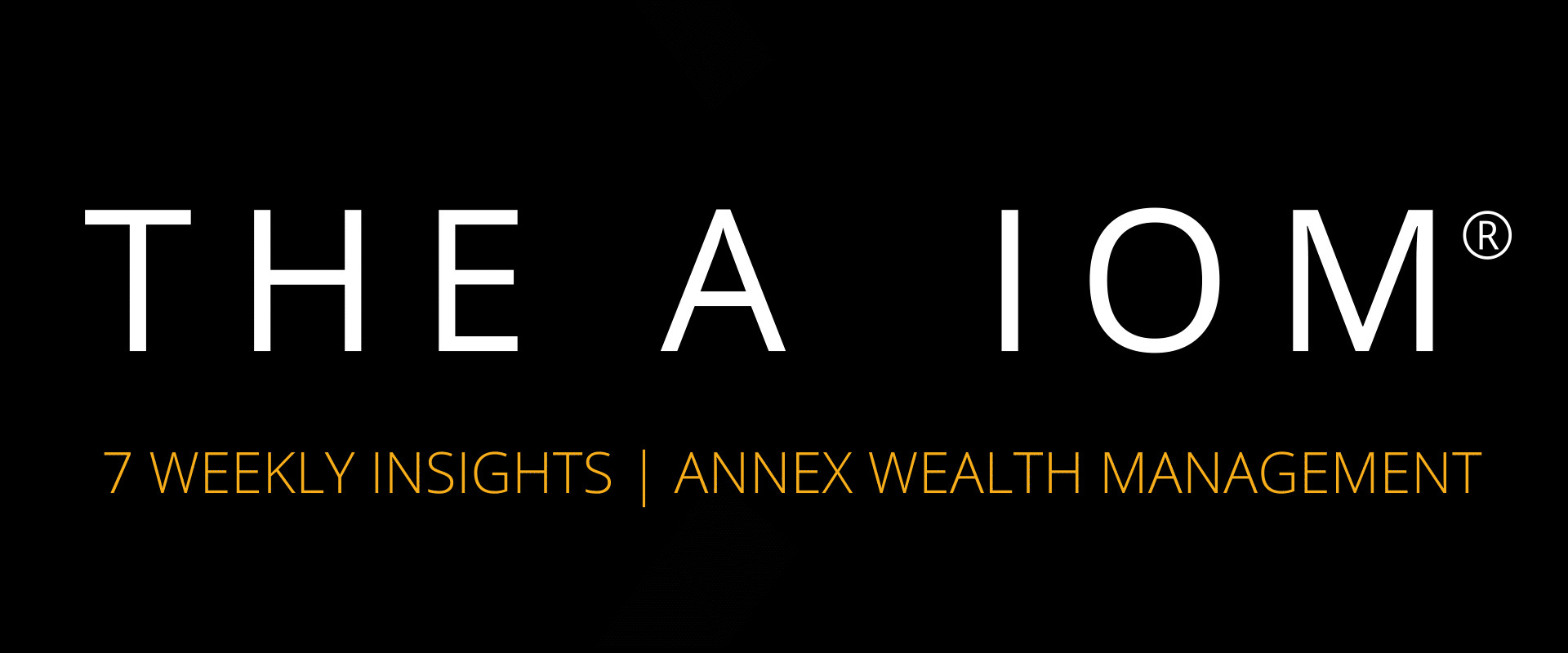
1.
Tesla’s stock fell as it indicated it was willing to trade profits for market power. The larger banks showed strength, but many analysts are waiting for earnings reports from a few large tech names. Just a few tech companies have driven the S&P’s surge so far this year. Will their success continue? Annex Wealth Management’s Dave Spano and Derek Felske discuss.

Last week we asked our retired subscribers what they wish they had known prior to retiring.
Here are some of your responses:
“Establish with a planner as soon as possible. We did it 10 years before retiring, but sooner would have been better.”
“Retirement/financial ‘thinking’ doesn’t stop when you retire. You must evaluate and adjust balances every year going forward.”
“How important having a ‘what will I do with my time?’ plan is in addition to a financial plan.”
“Do ‘stuff’ early in retirement! We were too conservative/frugal early in retirement; now at our current age, our health prohibits extensive travel and other activities.”
If you’re preparing for retirement, or are already there, and have questions about your financial situation, our team at Annex is ready to help! Get started with us today.
BACK TO TOP ↑
If you’ve worked with a financial advisor in the past, you’ve probably heard or even been asked to take a risk-tolerance questionnaire. Typically, risk-tolerance questionnaires will ask things like, “How big of a decline in the value of your investments would you be willing to handle?” or “What would you do if you saw the market was down 20%?” and calculate your risk tolerance depending on your answers.
The traditional approach is the higher one’s risk tolerance, the more risk they can take with their investments. Conversely, the lower the risk tolerance, the more conservative one will want to be with their investments.
The key thing here, though, is that risk tolerance is just one piece of the puzzle. Being able to emotionally withstand major swings in the value of your portfolio doesn’t necessarily mean your risk level is appropriate for your financial plan. That’s where risk capacity comes into play.
Risk capacity is your ability to afford the risks that are being taken inside your portfolio.
In other words, you could score quite high on a risk-tolerance questionnaire, but your current financial situation might call for lower risk capacity.
For example, let’s say that in the next five years, you want to finally purchase that dream car you’ve wanted since you were a teenager or that vacation home you’ve talked about for ages. At that moment, because of the large purchase you’re going to make, your portfolio doesn’t necessarily have as much time to weather the volatility that could be brought on by a more aggressive strategy. As a result, at that stage of your life, you might still want some exposure to the market, but your current risk capacity and liquidity needs will call for some paring back of risk.
Overall, it’s important to factor in both risk tolerance and risk capacity when it comes to portfolio construction. While risk tolerance assesses how much volatility you might be able to withstand emotionally, risk capacity should be a consideration alongside it. Knowing where one’s money will need to be going down the road, whether that be education, medical bills, day-to-day living expenses, etc. all plays a part in your portfolio’s capacity for risk.
If you need help determining your risk capacity and tolerance, find an advisor you can trust to help. At Annex, we use some robust tools that will help you understand more about yourself and how your plan should be configured.
BACK TO TOP ↑
“Can I shut off Social Security for a year, realize the increase, and then turn it back on?”
“What are your thoughts on the rule of 100?”
“My wife and I have separate finances. Do we have to open one account or can we keep them separate?”
Annex Wealth Management’s Sarah Kyle and Trevor Nargis answer these and other questions in this segment of Ask Annex!
Do you have a question for us? Drop it here: Ask A Question
BACK TO TOP ↑

BACK TO TOP ↑
BACK TO TOP ↑